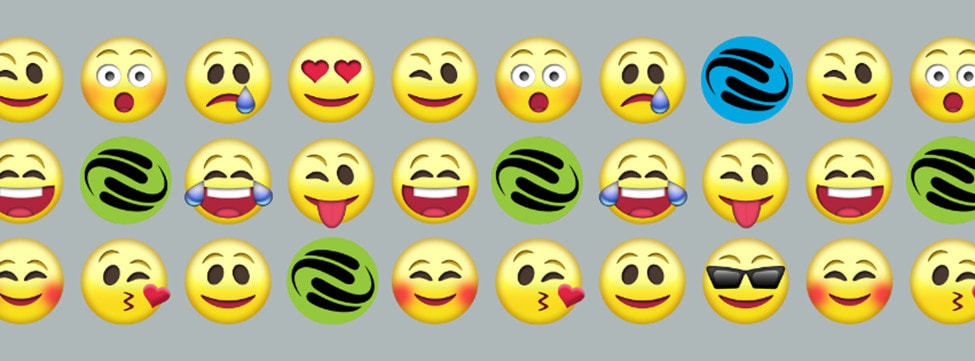How Popular are Emojis in Professional Settings?
Emojis are no longer confined to personal texting. A recent survey of U.S. and U.K. office workers reveals that 61% use emojis in professional communication.Emojis as a Cross-Cultural Communication Tool
Emojis have the unique ability to cross language barriers, allowing people from different cultures to understand the emotion behind a message. However, the meaning of emojis can differ from culture to culture. For instance, while the thumbs-up emojiThis variation in interpretation shows that while emojis can help bridge language gaps, they also require some cultural awareness to avoid misunderstandings, particularly in international communication.
Generational Differences in Emoji Usage
Research shows that ➡️ younger generations, such as Millennials and Gen Z, are more likely to use emojis than their older counterparts. As this younger generation enters the workforce, the use of emojis is becoming increasingly common in professional environments. Emojis can make conversations more dynamic and less formal, which is why their use is often favored by younger employees. This shift is reshaping communication styles in both casual and formal settings.Can Emojis Replace Words?
According to a global survey, 73% of respondents believe that emojis can sometimes express thoughts better than words. Emojis are often used to add nuance or emotional depth to short messages, creating a friendly or approachable tone. For example, a smiley face at the end of a sentence can transform an otherwise neutral message into something more welcoming.However, while emojis add value by conveying emotion, they can’t fully replace the complexity of language. They’re best used as a complement to written communication, especially in scenarios that call for an emotional or light-hearted tone.
The Future of Emojis in Communication
Citations
○ Statista. "Data on U.S. and U.K. Office Workers' Emoji Usage." Statista.https://www.statista.com/statistics/1399573/us-uk-office-workers-emoji-usage/
○ Statista. "Survey Data on Emoji Usage and Expression." Statista.
https://www.statista.com/chart/30414/respondents-who-agree-with-statements-on-emoji-use/
○ BBC. "Cultural Variations in Interpreting the Thumbs-Up Emoji." BBC News. Last modified June 15, 2024.
https://www.bbc.com/future/article/20181211-why-emoji-mean-different-things-in-different-cultures



 RSS Feed
RSS Feed